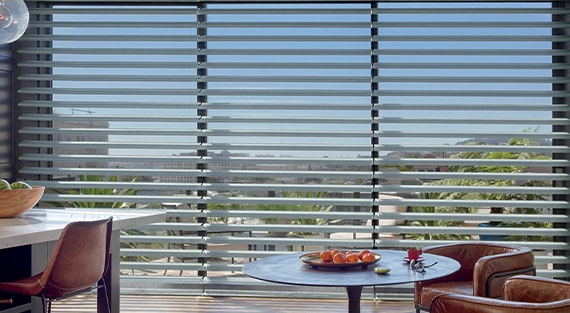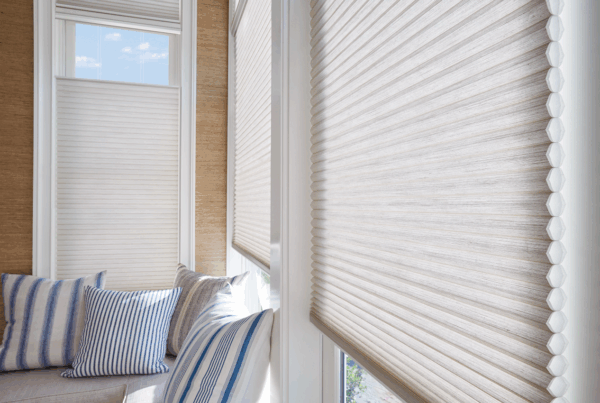What is the difference between a blind and a shade?
While blinds and shades are often lumped together under “window coverings,” they’re actually pretty different in terms of materials, function, and style. Here’s a quick breakdown:
🪟 Blinds vs. Shades
| Feature | Blinds | Shades |
| Material | Hard materials – wood, faux wood, aluminum, vinyl | Soft materials – fabric, woven wood, cellular |
| Structure | Made of slats (horizontal or vertical) | Made of a single continuous piece of material |
| Light Control | Precise control – you can tilt slats to adjust light | Diffused or blocked light depending on material |
| Privacy | Adjustable – slats can open or close | Varies – full privacy when down, open view when up |
| Styles | Venetian, vertical, mini blinds | Roller, roman, cellular, honeycomb, bamboo |
| Cleaning | Easier – you can wipe slats | Can be harder – may need vacuuming or dry cleaning |
| Insulation | Basic – limited energy efficiency | Excellent (especially cellular/honeycomb shades) |
| Look & Feel | Structured, more traditional or minimal | Soft, elegant, cozy |
🪞 Quick Examples
- Blinds: Think of horizontal wood blinds in a home office — you tilt them open to let in light or close them for full privacy.
- Shades: Picture roman shades or roller shades in a living room — they raise and lower in smooth fabric folds or panels.
👌 When to Use Each
- Use blinds if you want adjustable light control and a more structured look.
- Use shades for a softer aesthetic, insulation benefits, or blackout options.


